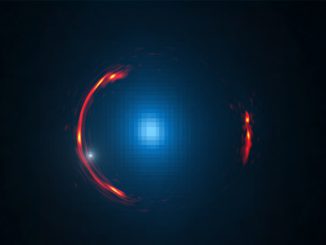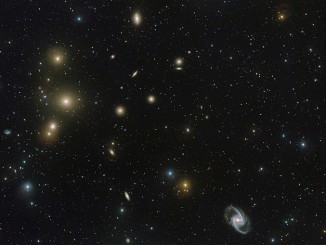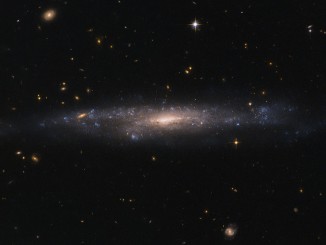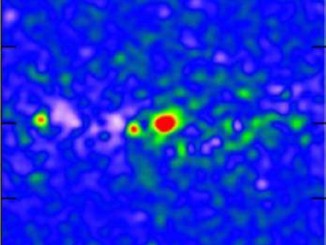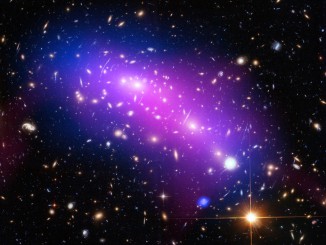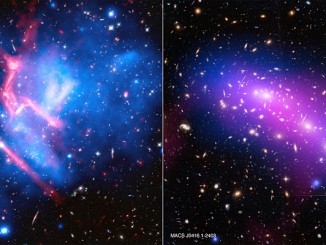
ALMA measures mass of black hole with extreme precision
Using the Atacama Large Millimetre/submillimetre Array (ALMA), a team of astronomers has delved remarkably deep into the heart of a nearby elliptical galaxy to study the motion of a disc of gas encircling the supermassive black hole at its centre. These observations provide one of the most accurate mass measurements to date for a black hole outside of our galaxy.

